What is the tolerance range of precision screws?
What is the tolerance range of precision screws?
Service Hotline
+86760-8787 8587We have more than ten years of production experience in the screw industry, the main products are: stainless steel 201 cap nuts, supply various specifications of automotive screws, aluminum alloy nuts, FPV connection, flat head rivets, 304 rivets, security monitoring, with inner hexagonal screws, Hexagon set screws, non-standard nuts, anti-tooth anti-rotation, adjusting nuts, aluminum alloy hexagon nuts, toothed non-slip bolts, round cup toy accessories screws and other fasteners, due to different product materials and specifications, the price also varies different, please contact us if necessary.


Traditionally used for plastic fastening screws, most of the thread designs are self-tapping threads, but for different plastic types, the self-tapping threads also have many different classifications, such as PT profile, Plastite series, Remform profile, etc. The structural parameters and manufacturing process of these threads are inconsistent, or require different main molds and wires. Therefore, to find a plastic screw that is universally applicable to various plastic types, has a single pressing structure, low-cost and simple manufacturing process, especially its special self-tapping thread, is an important issue that needs to be solved urgently at present. question. The purpose of Yueluo Yueluo Guangdong Yueluo Hardware Industry Co., Ltd. is to propose a plastic screw to solve the screw fastening problem that is generally applicable to different plastics. The purpose of Yueluo Guangdong Yueluo Hardware Industry Co., Ltd. is to realize a kind of plastic screw through the following technical scheme, it is characterized in that, the thread of the screw is composed of asymmetric threads with a profile angle of 30°, and the threads are The bottom surface of the connection between them is an arc surface. Yueluo preferably, the asymmetrical thread has a forward thread angle greater than the reverse thread angle, and the sum of the two-direction thread angles is 30°. Yueluo further preferred that the tooth profile angle of the asymmetrical thread is 20 degrees in the direction of installation, and the tooth profile angle in the reverse direction is 12 degrees. Yueluo Guangdong Yueluo Hardware Industry Co., Ltd.'s application of plastic screws, through the improvement of special thread structure, reduces the radial pressure and installation torque when the screw is installed, reduces the damage to the plastic hole; and increases the pull-out resistance of the screw force, it is not easy to appear loose assembly. At the same time, the design of the bottom surface of the connection between the threads of the arc optimizes the flow of the material of the installation object, which improves the integrity of the installation connection.
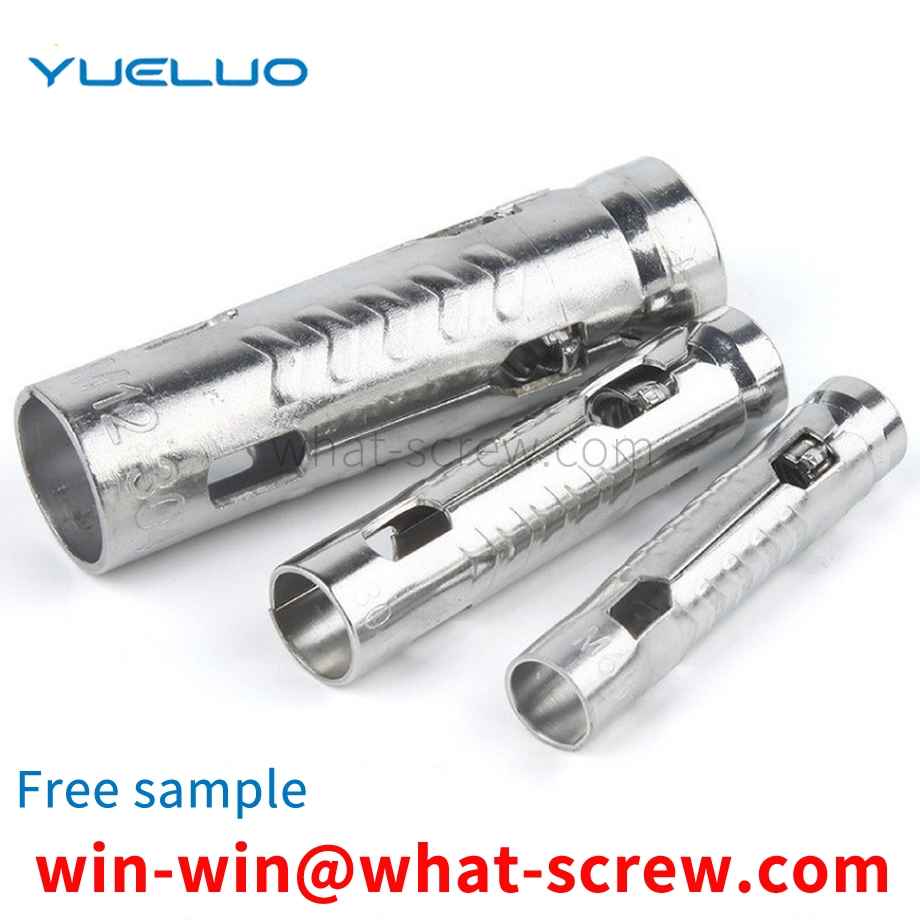
According to the force of the connection, it is divided into ordinary and hinged holes. According to the shape of the head: there are hexagonal head, round head, square head, countersunk head and so on. Among them, the hexagonal head is the most commonly used. Generally, countersunk heads are used where connections are required. The English name of the riding bolt is U-bolt. It is a non-standard part. The shape is U-shaped, so it is also called a U-bolt. There are threads on both ends that can be combined with nuts. It is mainly used to fix tubular objects such as water pipes or sheets such as automobile plates. Springs are called riding bolts because of the way they fix things like a person rides a horse. According to the length of the thread, it is divided into two categories: full thread and non-full thread. According to the thread type, it is divided into two types: coarse thread and fine thread. The coarse thread type is not displayed in the bolt mark. The bolts are divided into eight grades: 3.6, 4.8, 5.6, 6.8, 8.8, 9.8, 10.9, and 12.9 according to their performance grades. Among them, the bolts above grade 8.8 (including grade 8.8) are made of low-carbon alloy steel or medium-carbon steel and are heat-treated (quenched). + Tempering), commonly known as high-strength bolts, and below grade 8.8 (excluding 8.8) are commonly known as ordinary bolts. Ordinary bolts can be divided into three grades: A, B, and C according to the production accuracy. Grades A and B are refined bolts, and grade C is rough bolts. For connecting bolts for steel structures, unless otherwise specified, they are generally ordinary rough grade C bolts. There are differences in the processing methods of different grades. Usually the corresponding processing methods are as follows: ① The bolts of grade A and B bolts are processed by lathes, with smooth surfaces and accurate dimensions. High, rarely used; ②C-grade bolts are made of unmachined round steel, the size is not accurate enough, and its material property grade is 4.6 or 4.8. The deformation is large during shear connection, but the installation is convenient and the production cost is low. It is mostly used for tensile connection or temporary fixation during installation.
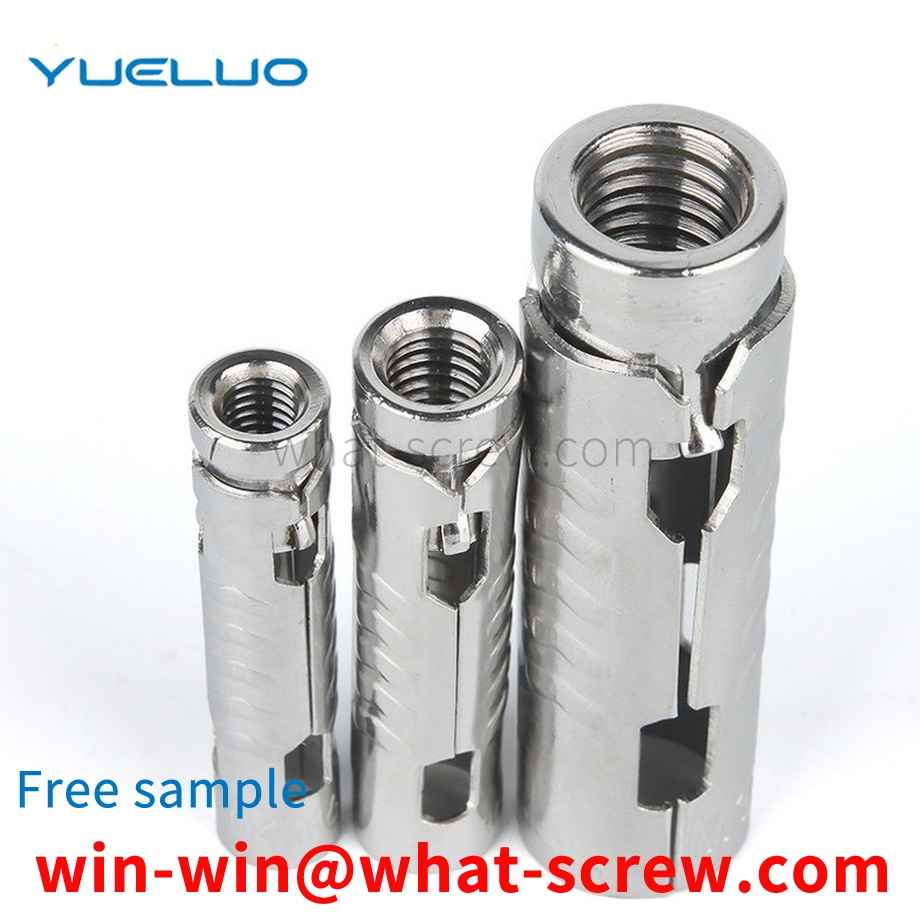
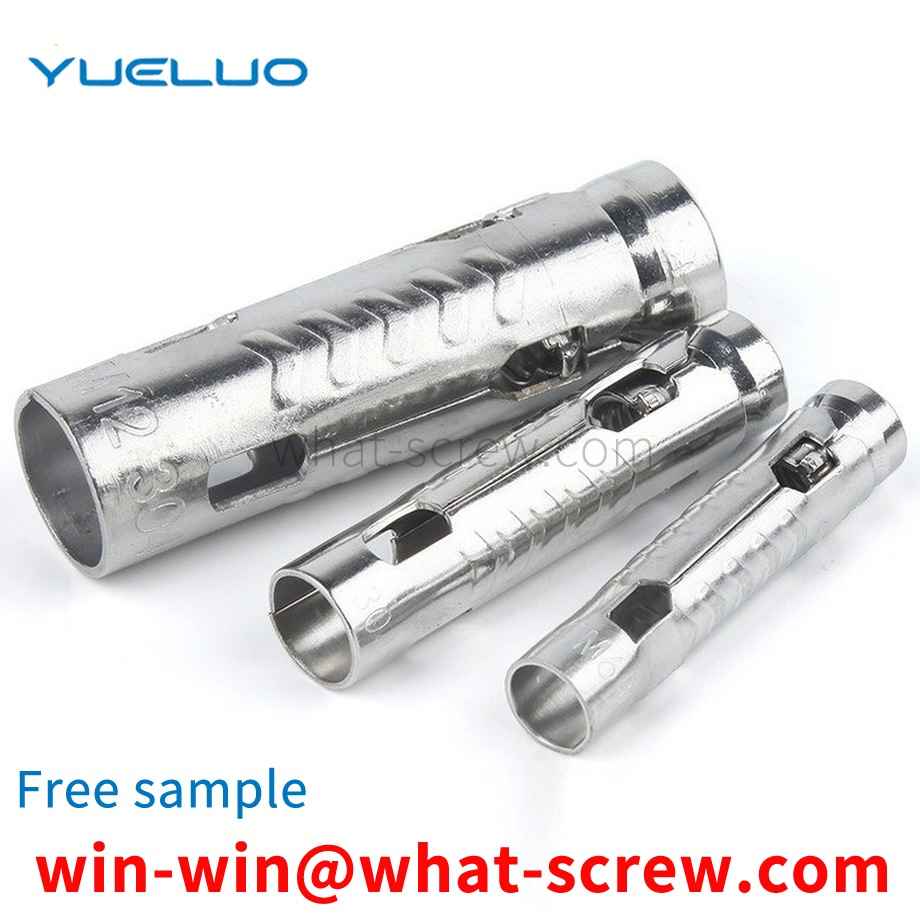
The nut specification table is to unify all kinds of nuts in detail, and use the table to subdivide some specifications of the nuts. There are many types of nuts, and there are nuts of different materials. Each type of nut has different specifications, and each type of screw also has its mechanical properties and functions. · Square nut grade C GB 39-88 · Hexagonal nut grade C GB /T41-2000 · Hexagonal thick nut GB 56-88 · Wing nut GB 62-88 · Ring nut GB 63-88 · Combined cap nut GB 802 -88 · Spherical Hex Nut GB 804-88 · Fastening Nut GB 805-88 Knurled High Nut GB 806-88 · Knurled Thin Nut GB 807-88 · Small Hexagonal Extra Flat Fine Thread Nut GB 808-88 · Embedded Round nut GB 809-88 · Small round nut GB 810-88 · Round nut GB 812-88 End hole round nut GB 815-88 · Side hole round nut GB 816-88 · Slotted round nut GB 817-88 · Type 1 non-metallic insert hexagonal lock nut GB /T 889.1-2000 · Type 1 non-metallic insert hexagonal lock nut with fine thread GB /T 889.2-2000 · Cap nut GB 923-88 · Type 1 hexagonal nut GB / T 6170-2000 · Type 1 Hexagonal Nuts with Fine Thread GB /T 6171-2000 · Hexagonal Thin Nuts GB /T 6172.1-2000 · Non-metallic Insert Hexagonal Locking Thin Nuts GB /T 6072.2-2000 · Hexagonal Thin Nuts with Fine Pitch GB /T 6173-2000 · Hexagonal thin nuts without chamfer GB /T 6174-2000 · Type 2 hexagon nuts GB /T 6175-2000 · Type 2 hexagon nuts with fine pitch GB /T 6176-2000 · Hexagon flange nuts GB / T 6177.1-2000 · Hexagon flange face nuts with fine pitch GB /T 6177.2-2000 · Type 1 hexagon slotted nut - Grade A and B GB 6178-86 · Type 1 hexagon slotted nut - Grade C GB 6179-86 · 2 Type Hexagonal Slotted Nuts-A and B Grades GB 6180-86 Hexagonal Slotted Thin Nuts-A and B Grades GB 6181-86 Type 2 Non-metallic Insert Hexagonal Lock Nuts GB/T 6182-2000 Non-metallic Inserts Hexagon flange face lock nuts for non-metal inserts GB /T 6183.1-2000 · Non-metallic insert hexagonal flange face lock nuts with fine thread GB /T 6183.2-2000 · Type 1 all-metal hexagonal lock nuts GB /T 6184-2000 · Type 2 all-metal hexagonal lock nut GB /T 6185.1-2000 · Type 2 all-metal hexagonal lock nut fine pitch GB /T 6185.2-2000 · Type 2 all-metal hexagonal lock nut Grade 9 GB /T 6186-2000 · Full Metal Hexagon Flange Face Lock Nuts GB /T 6187.1-2000 · All Metal Six Angle flange face locking nut fine pitch GB /T 6187.2-2000 · Type 1 hexagon slotted nut with fine pitch A and B grades GB 9457-88 · Type 2 hexagonal slotted nut with fine pitch A and B grade GB 9458-88 · Hexagonal Slotted Thin Nut Fine Thread Grade A and B GB 9459-88 · Welded Square Nut GB /T 13680-92 · Welded Hexagonal Nut GB /T 13681-92 · Flat Head Rivet Nut GB /T 17880.1-1999 · Countersunk Head Rivet Nut GB /T 17880.2-1999 · Small countersunk head rivet nuts GB /T 17880.3-1999 · 120° small countersunk head rivet nuts GB /T 17880.4-1999 · Flat head hexagonal rivet nuts GB /T 17880.5-1999 · Hexagonal nuts for precision machinery GB /T 18195-2000
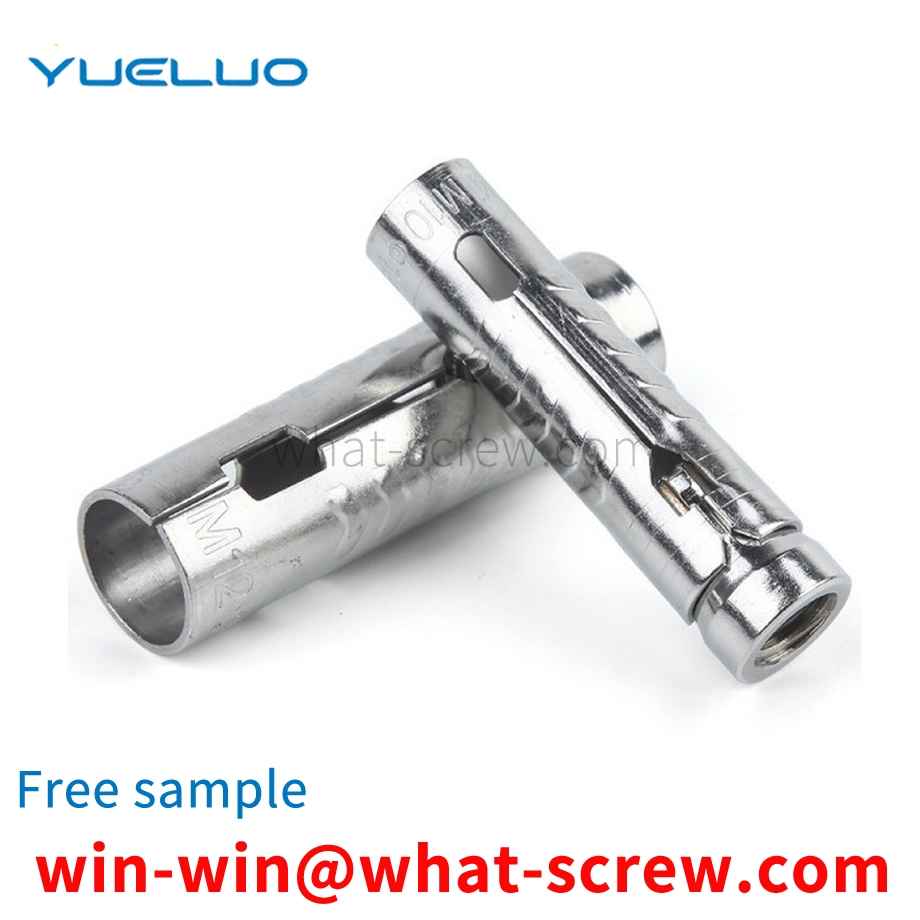
Anti-loose washers are also known as anti-loose washers, self-locking washers, self-locking gaskets, DIN25201 anti-loose washers, double-stack self-locking anti-loose washers, double-stack wedge-type anti-loose washers, etc.
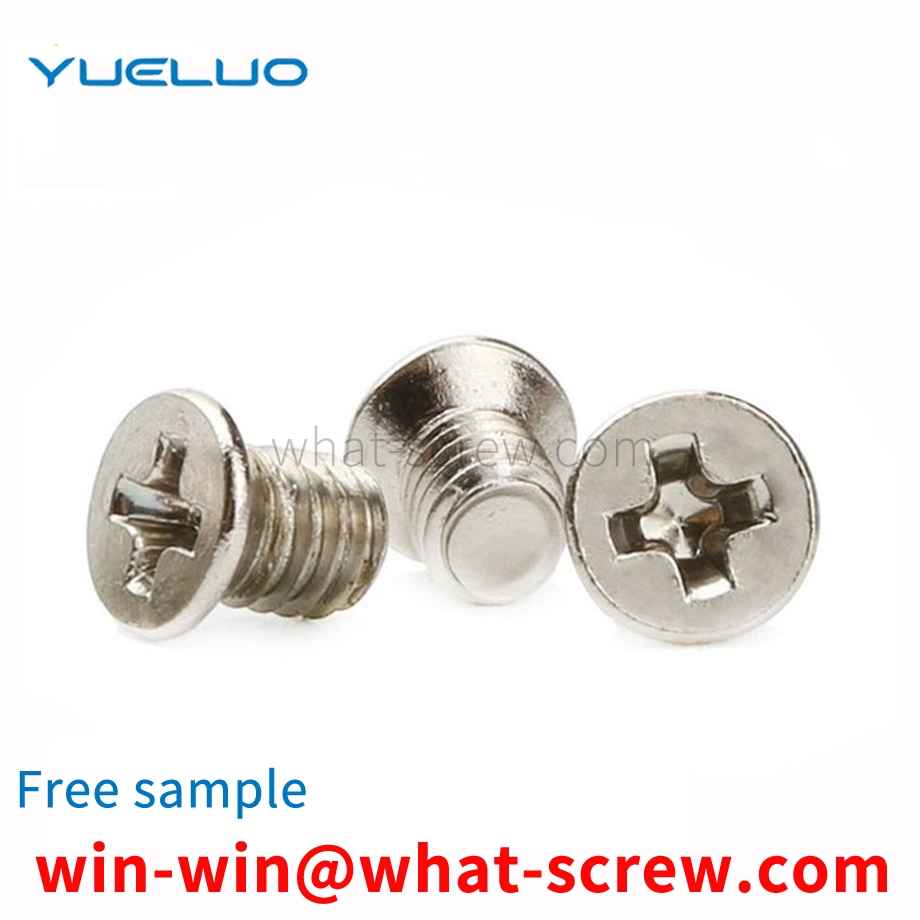
The above content is uploaded by Yueluo or the Internet. If there is any copyright issue, please contact [email protected].

What is the tolerance range of precision screws?

How to choose the right stainless steel screw manufacturer?

Why is there an R angle under the head of the hexagon head s...
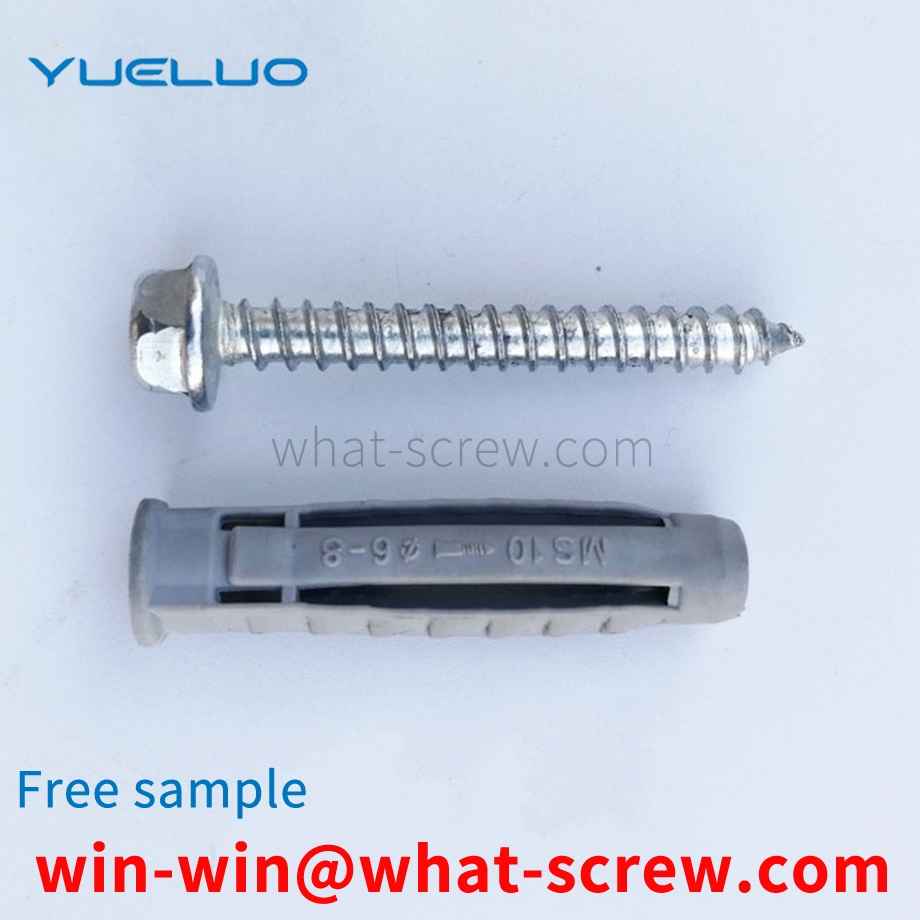
We have more than ten years of screw industry production exp...

We have more than ten years of experience in the production ...

We have more than ten years of production experience in the ...
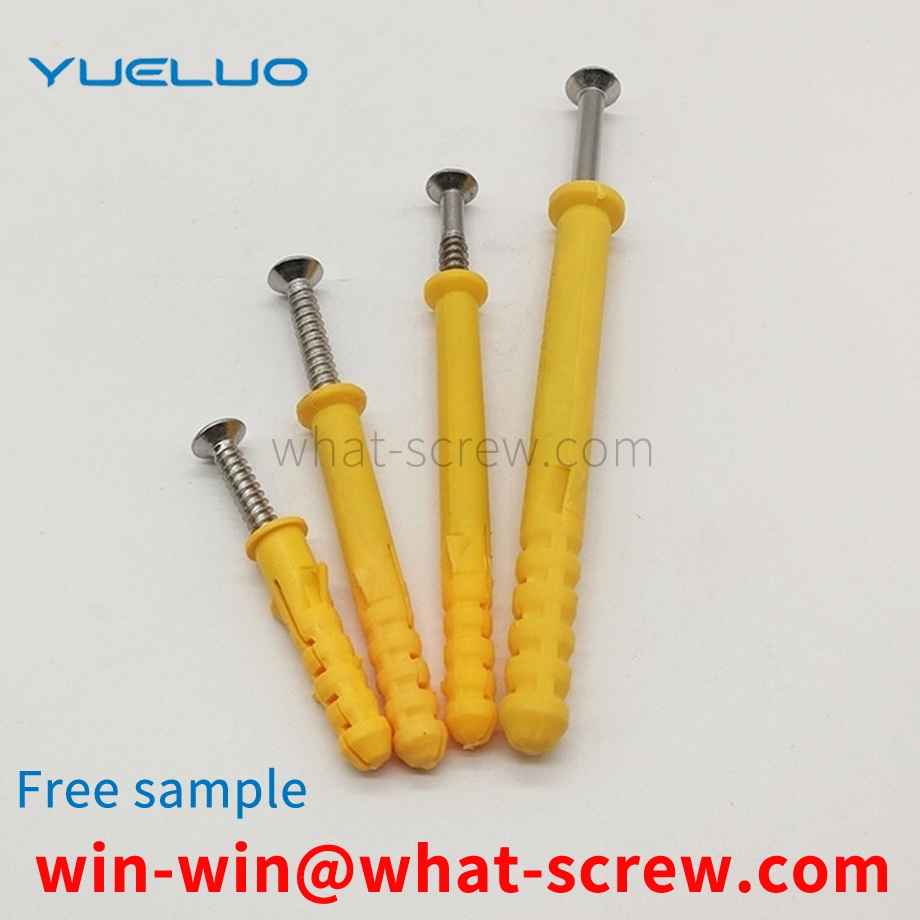
We have more than ten years of production experience in the ...